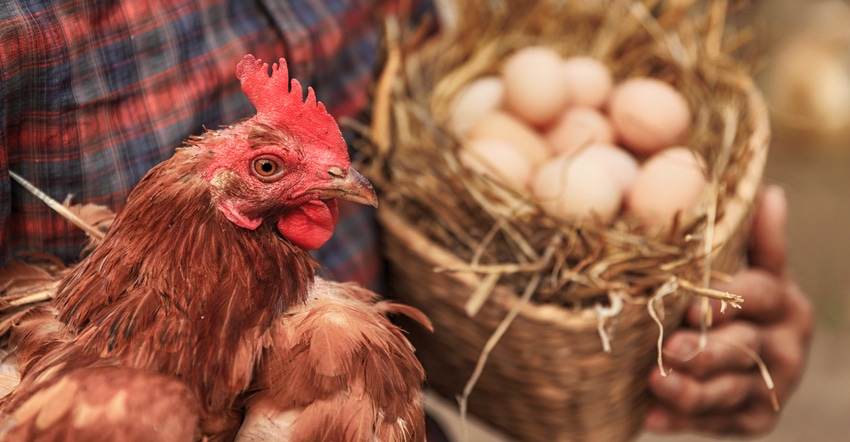August 31, 2018

Just about every element of life was expected to contribute to the war effort back in October of 1918, 100 years ago.
That included hens, whose obligation was to lay 10 dozen eggs a year during World War I. J. G. Halpin of the Wisconsin Agricultural Experimental Station, said, "A hen that is housed and fed, as poultry must be in town, should have a yearly output of 120 eggs. That output won’t enable her owner to make any money on her, but she won’t owe the country anything."
70 years ago
1948 saw the beginning of a battle over education that, in some ways, still rages today. The concern was that rural schools, with many grades in one room and only one teacher, were outdated and that students would be better served by going to "town" schools with more students and a wider range of opportunities. The battle continued to be fought for decades and in some areas still remains a bone of contention as communities struggle to keep the school that encompasses their identities.
60 years ago
Flying for adventure and to help kids was the story of the day in October of 1958, when the Flying Farmers over Kansas donated their time and planes to raise money for the Capper Foundation for Crippled Children in Topeka. The plan involved a passenger paying a donation of one penny per pound of his or her weight, which was passed on to the Foundation. The passenger got an airplane ride and the foundation got a donation.
50 years ago
A brand-new Frank A. Kemp factory of the Great Western Sugar Company, a $15 million facility near the Kansas-Colorado border, opened in October of 1968. The sugar production of the plant was expected to exceed 100 million pounds, enough to supply the total consumer and food processor needs of Kansas for 9 months. The plant was also expected to produce about 22,000 tons of dried beet pulp pellets, a nutritious livestock feed made from the residues of sliced beets and molasses leftover from producing sugar.
20 years ago
Back in October of 1998, the farm economy had hit a slump and many producers were deriding the 1996 "Freedom to Farm" legislation as "Freedom to Go Broke." The argument was being played out in the Kansas gubernatorial race, with Democratic candidate Tom Sawyer advocating for reforming the bill to provide a better safety net. Republican incumbent Bill Graves argued that a better approach was the cultivation of stronger markets. His suggestion: a federal program that would pay farmers when federal policies prevent international trade.
Goerzen is executive director of Old Cowtown Museum in Wichita, where she lives with her husband, Matt, four kids, three cats and two dogs.
About the Author(s)
You May Also Like




